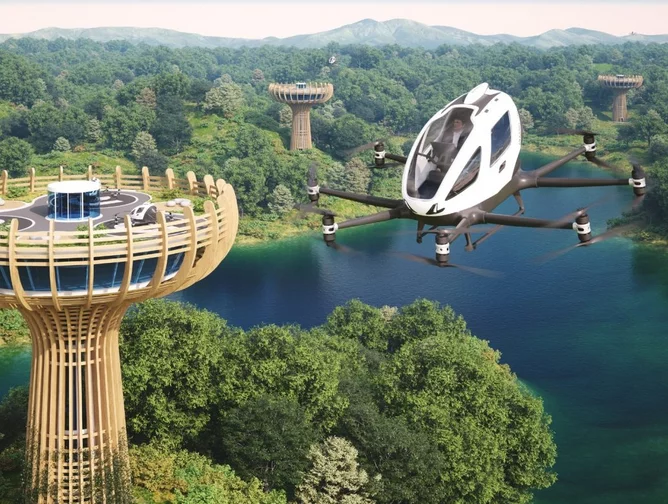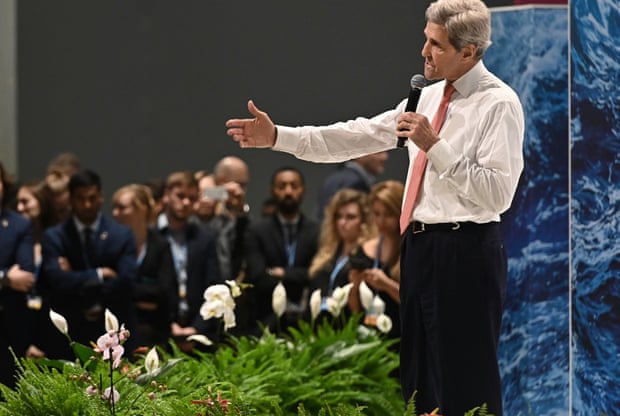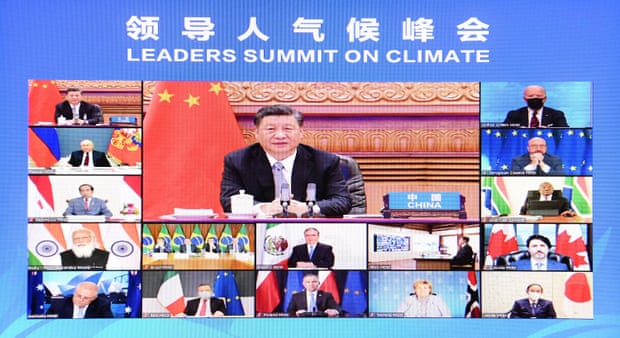
As urban air pollution increases globally, cities of all sizes are getting creative with technologies to literally filter out the smog. In 2017, China unveiled what it dubbed the “world’s biggest city air purifier” – a nearly 100-meter tall tower in northern China designed to reduce air pollution. While its effectiveness has limits, the towering structure demonstrates the growing interest in large-scale air filtration. Beyond this eye-catching prototype, cities worldwide are testing various innovative technologies to clean their skies.
In Xian in Shaanxi province, residents breathing some of China’s most polluted air are getting a reprieve thanks to their new neighbor – a 60-meter tall city air purifier tower. The structure’s interior has multiple filtration layers to catch particulates as air passes. An interior glass enclosure helps contain airflow so polluted air can fully pass through the system.
Since becoming operational in 2017, the city air purifier tower has noticeably cut harmful PM2.5 particles in the surrounding 2.6 square mile area. Cities like Xian regularly suffer from winter smog, blanketing entire regions. While not eliminating pollution, the tower provides cleaner air in its immediate vicinity.
The concept behind the city air purifier is similar to industrial scrubbers cleaning factory exhaust. Scaling up the technology, its designers hope such towers could eventually clean the air across entire cities. Of course, a limitation is that people must be close to the towers to benefit. And the structures are costly to build and operate. Still, China’s prototype tower has spurred interest in exploring larger-scale air filtration to supplement other anti-pollution measures.
While China goes big, other pollution fighters use buildings as filters. High-efficiency particulate air (HEPA) filtering systems installed in central air ventilation systems are increasingly common. HEPA filters use densely packed fibers to catch over 99% of particulates, pollen, and other pollutants. Similar city air purifiers at the street level are also possible. Smog halting benches designed in Paris contain a HEPA filter, sucking in air as pedestrians sit.
Living walls of plants built onto building exteriors also naturally filter gases. One study found adding 172 square feet of plants per person in London could remove all PM10 particulates. Mosses are especially effective pollutant absorbers.
Specialized building materials also react with and neutralize air pollutants when exposed to light. Concrete can be coated with titanium dioxide, which oxidizes nitrogen oxides and volatile organic compounds into safer compounds. Hydrophilic coatings help droplets absorb particulates.
Researchers are working on incorporating similar photocatalysts into road asphalt. These chemically treated roads could reduce tons of air pollutants daily if widely adopted.
Green algae may also hold the potential for clean city air through bioreactors. Experimental units in Hamburg use circulated airflow to filter exhaust fumes through an algae facade. The algae neutralize airborne pollutants while multiplying and producing biomass that can be harvested for biofuels.
What works in lab prototype city air purifiers, however, often proves challenging to execute citywide. Costs, aesthetics, and maintenance frequently impede adoption. Visible additions like green roofs require public acceptance. Passive approaches like photocatalytic paints, while hidden, need reapplication over time.
Scaling across metro areas also poses hurdles. Shanghai officials planned a network of small purifier towers across the city, but only a few ever materialized. Even proven concepts like roof gardens struggle to spread, as few developers want to trade rentable space for plants.
While technical solutions can filter pollution already in the air, reducing emissions at the source remains vital. You can’t plant your way out of bad air.
Despite obstacles, experts forecast continued innovation and cost reductions, improving feasibility. Market growth also brings economies of scale. Global green walls are forecast to be a $7.5 billion industry by 2030. Modular green facades and roofs can now be delivered as easy-install kits.
Policy measures like subsidies, tax incentives, and mandates will likely be needed, however, to spur mass adoption. Many cities now require mechanically ventilated buildings to install city air purifiers through filtration. While these are intended to protect building occupants from pathogens such as coronavirus, they also have the net effect of reducing particulate and other toxins from the air. Building codes could similarly require passive air-cleaning coatings and surfaces.
Though major pollution sources like autos require parallel efforts, creative technologies can help cities breathe easier. China’s massive air purifier may be just the start of a cleaner air movement. The scale of the air pollution crisis demands big, visible solutions to jolt public awareness.
While towering city air purifiers or algae bioreactors may capture headlines, addressing urban air pollution requires a multi-faceted approach. Technical fixes can target existing pollution, but cities must also prevent pollution at the source by transitioning to cleaner energy, transport, and waste systems.
Public awareness and policy measures are equally vital to drive large-scale adoption of innovative city air purifier concepts. Financial incentives, tax breaks, and inclusion in building codes could help technologies like photocatalytic coatings and surfaces become mainstream. Grassroots activism also plays a crucial role in keeping air quality high on urban agendas.
Though critical, bold engineering feats like China’s massive city air purifier tower should be viewed as supplementary elements of long-term solutions rather than silver bullet fixes. As much as cities need breathable air, those relying on singular grand gestures risk short-changing public health. Lasting solutions require a patient, systematic transition toward deeper sustainability.
Still, visionary projects like China’s offer hope by viscerally demonstrating the scale of what’s possible. Initial results and statements suggested the tower can produce over 10 million cubic meters of clean air daily. If we were to use this figure as a rough estimate, it would translate to about 3.65 trillion cubic meters of clean air annually, having a positive effect on the health of those living near it.
When paired with holistic strategies to address transport, energy, and waste systems, creative pollution mitigation technologies can steadily help clear the air. Cities have a responsibility to use every tool and innovation at their disposal to ensure citizens can simply breathe clean air.
Source Happy Eco News














